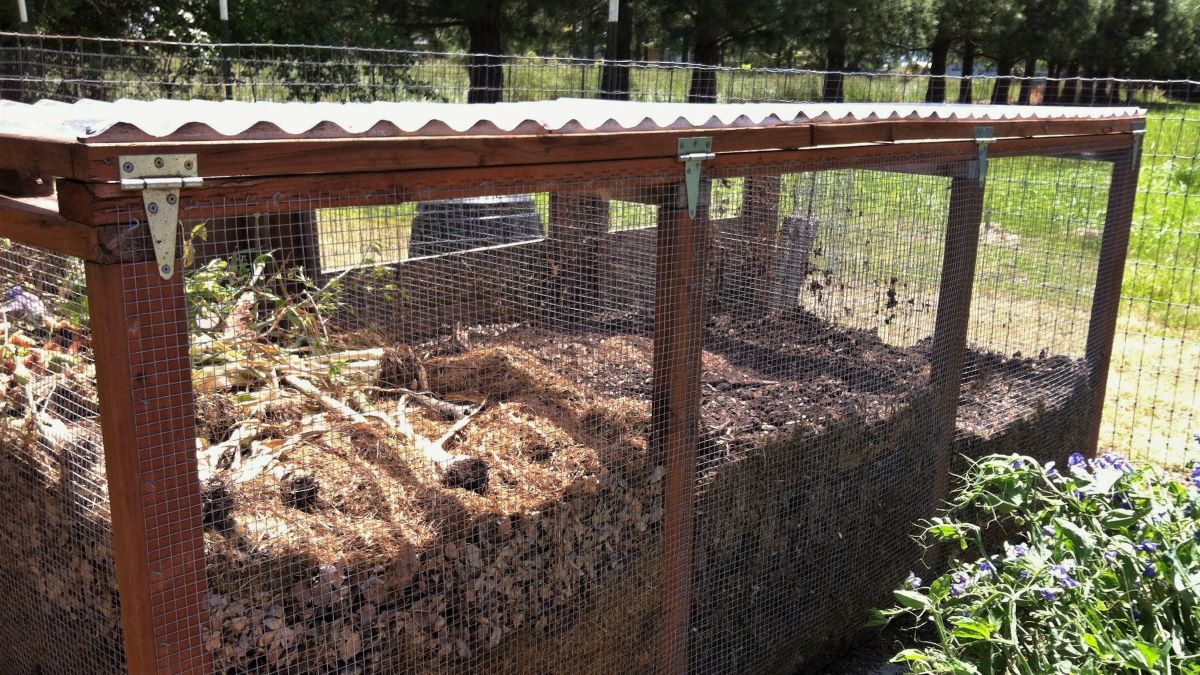Biomedicines, Vol. 13, Pages 1742: HR-pQCT and 3D Printing for Forensic and Orthopaedic Analysis of Gunshot-Induced Bone Damage
Biomedicines doi: 10.3390/biomedicines13071742
Authors:
Lindtner
Kampik
Schmölz
Enzenberg
Putzer
Arora
Zelger
Wöss
Degenhart
Kremser
Lackner
Pallua
Schirmer
Pallua
Background/Objectives: Recent breakthroughs in three-dimensional (3D) printing and high-resolution imaging have opened up new possibilities in personalized medicine, surgical planning, and forensic reconstruction. This study breaks new ground by evaluating the integration of high-resolution peripheral quantitative computed tomography (HR-pQCT) with multimodal imaging and additive manufacturing to assess a chronic, infected gunshot injury in the knee joint of a red deer. This unique approach serves as a translational model for complex skeletal trauma. Methods: Multimodal imaging—including clinical CT, MRI, and HR-pQCT—was used to characterise the extent of osseous and soft tissue damage. Histopathological and molecular analyses were performed to confirm the infectious agent. HR-pQCT datasets were segmented and processed for 3D printing using PolyJet, stereolithography (SLA), and fused deposition modelling (FDM). Printed models were quantitatively benchmarked through 3D surface deviation analysis. Results: Imaging revealed comminuted fractures, cortical and trabecular degradation, and soft tissue involvement, consistent with chronic osteomyelitis. Sphingomonas sp., a bacterium that forms biofilms, was identified as the pathogen. Among the printing methods, PolyJet and SLA demonstrated the highest anatomical accuracy, whereas FDM exhibited greater geometric deviation. Conclusions: HR-pQCT-guided 3D printing provides a powerful tool for the anatomical visualisation and quantitative assessment of complex bone pathology. This approach not only enhances diagnostic precision but also supports applications in surgical rehearsal and forensic analysis. It illustrates the potential of digital imaging and additive manufacturing to advance orthopaedic and trauma care, inspiring future research and applications in the field.
Source link
Lindtner www.mdpi.com


